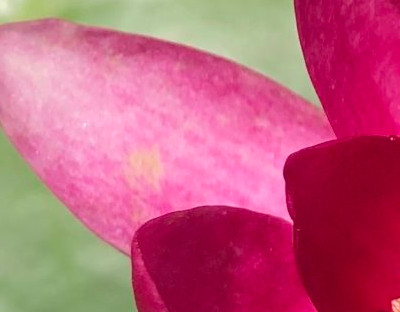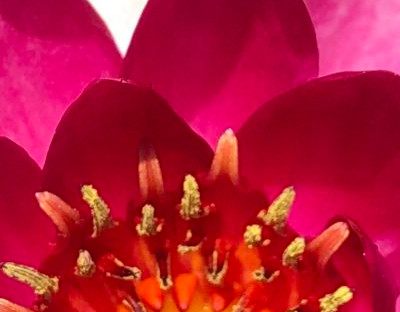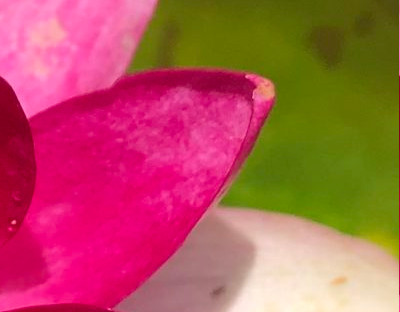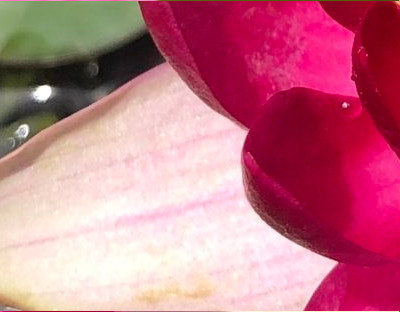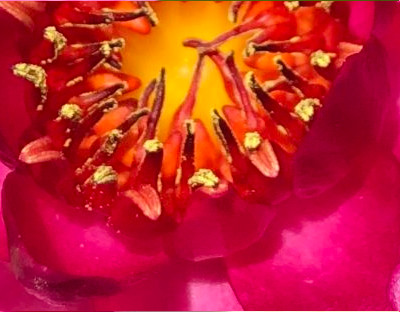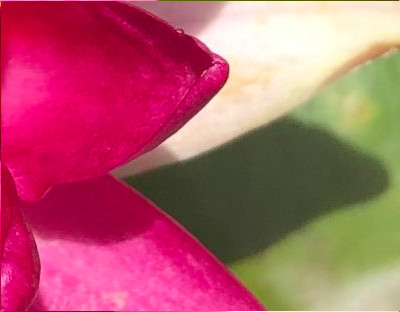Consultations
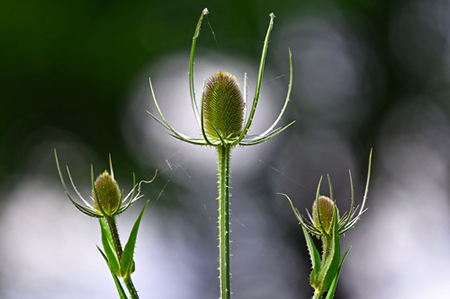
No matter how ambitious your design, or how small your garden area is, we can help identify your needs, answer your questions, and solve your problems. Desiree Gardens can provide everything from a friendly chat through a phone consultation, all the way to a full set of plans and itemized list of plants along with a schedule. In addition, if you are located in the North Texas area Desiree Gardens can provide plants, materials, hardscaping, and the labor to install the garden of your dreams.
We can provide:
- Phone or Zoom consultations
- In person consultations in North Texas
- Design services
- Installation
- Maintenance on a regular schedule
Customer Testimonials

- I’ve had numerous landcaping companies that have taken care of all the plants, shrubs and yard. Desiree Gardens is by far the best ever. She is attentive to detail & I love my yard. I could go on and on about how wonderful she is but you need to have her do your work!
- Buddy Moses - Our yard started out as not much and they have worked hard to make progress and work within our budget allowing my wife to pick the plants and trees and undercover that fits our style. Desiree Gardens was the only landscaper that would take on our project and they have done a wonderful job in making it look great and progressing on the yard without it looking under construction. The cost could have been more than we wanted to take on all at one time but we have had a great time building it and making it look nice. Our landscape is on a very steep hill so it is unique and has taken some creativity to get us where we wanted to be. Thank you so much for working on it and making our house have the personality that Karen really has become proud of. This year I cannot wait to see what you do and see the plants as they continue to bloom and fill out.
- Brett Wassell - Desiree has been my landscaper/gardener for the last several years. She has a vast knowledge of plants and knows which plants will thrive in which areas of my garden. She has a great eye for design and always meets my requirement of planting things that are easy for me to maintain. 😀 Also she’s very dependable and reasonably priced. I definitely recommend her!
- Staci Spring
Your North Texas Garden in November
Cooler weather has arrived, and the leaves are falling. Some of the best garden color of the year is here right now! Depending on what plants you have, this fall growth can last well into December and, barring a freeze, even up through Christmas. In addition to planting pansies for winter color, camellias are known for their beautiful, waxy flowers that come in various colors, including white, pink, and red. They bloom from late fall through early spring, depending on the variety. Witch hazel produces unique, spidery flowers in shades of yellow, orange, or red from late winter to early spring. It’s a fragrant and attractive winter-blooming shrub. Hellebores, also known as lenten roses, bloom from late winter to early spring. They offer a range of colors, including white, pink, purple, and green. These hardy perennials are a great addition to winter gardens, and don’t forget their close relative the…
October Gardens – Not much rain this year, but cooler weather is coming!

After this long hot and dry summer, it’s so nice to see gardens starting to perk back up and show off a little. It’s not even close to time to put your garden to bed for the winter. Just like our North Texas spring gardens are ended by the heat and lack of rain, fall gardens are only ended by the first hard freeze that usually comes in late December or occasionally January. That means your fall garden is just as important, and can be just as vibrant as your spring garden. Anyone who has a teenager even tangentially involved in high-school football knows that mums are a classic choice for fall color. What many people don’t realize is that this perennial can provide exceptional fall color to your garden. They come in various colors and sizes and can be used in beds, borders, or containers. Mums are one of…
September: The rains are back!
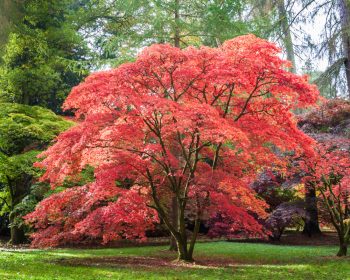
Finally, there is a hint of cooler weather, and the fall rains have returned to North Texas!. This means your garden is ready to explode back to life, and we can’t wait to see all that beautiful fall color! This summer’s heat and lack of rain have seriously tested most irrigation systems. Some of you may have gardens and lawns that look like they have been blasted by the summer heat. If there are areas of your sprinkler system that are broken, or where perhaps it simply didn’t get enough water in the right places, it should be patently obvious now. Take the time to address any problems with your irrigation now so that your plants will have a fighting chance to recover in time for winter. Here are Desiree Gardens, we’ve partnered with Irrigreen, the cutting edge of sprinkler technology. We can make sure your lawn is getting exactly…
August: Time to start planning your fall garden!
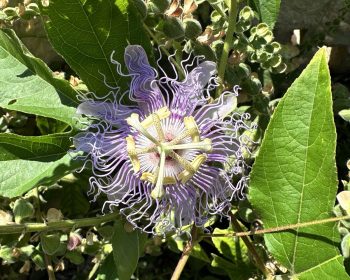
The heat is still here, and the rains haven’t been consistent for quite some time. But the good news is that fall rains and cooler weather are right around the corner. Now is the time to get your garden ready for its fall glory. If you’ve been waiting to trim and prune your oak trees, the end of August is the perfect time when it is safe to do so. Unlike most other trees and woody shrubs, oaks in North Texas should be pruned in the heat of summer. This is due to the prevalence of the oak wilt fungus, which is transmitted to open cuts by the nitidulid beetle, also known as the sap beetle. These beetles are attracted to the sap that is released from wounds on oak trees, but the fungus that these beetles transmit is much less active here in North Texas during the hot summer…
Contact Desiree
Give us a call at 877-558-1496, or use the contact form below.











